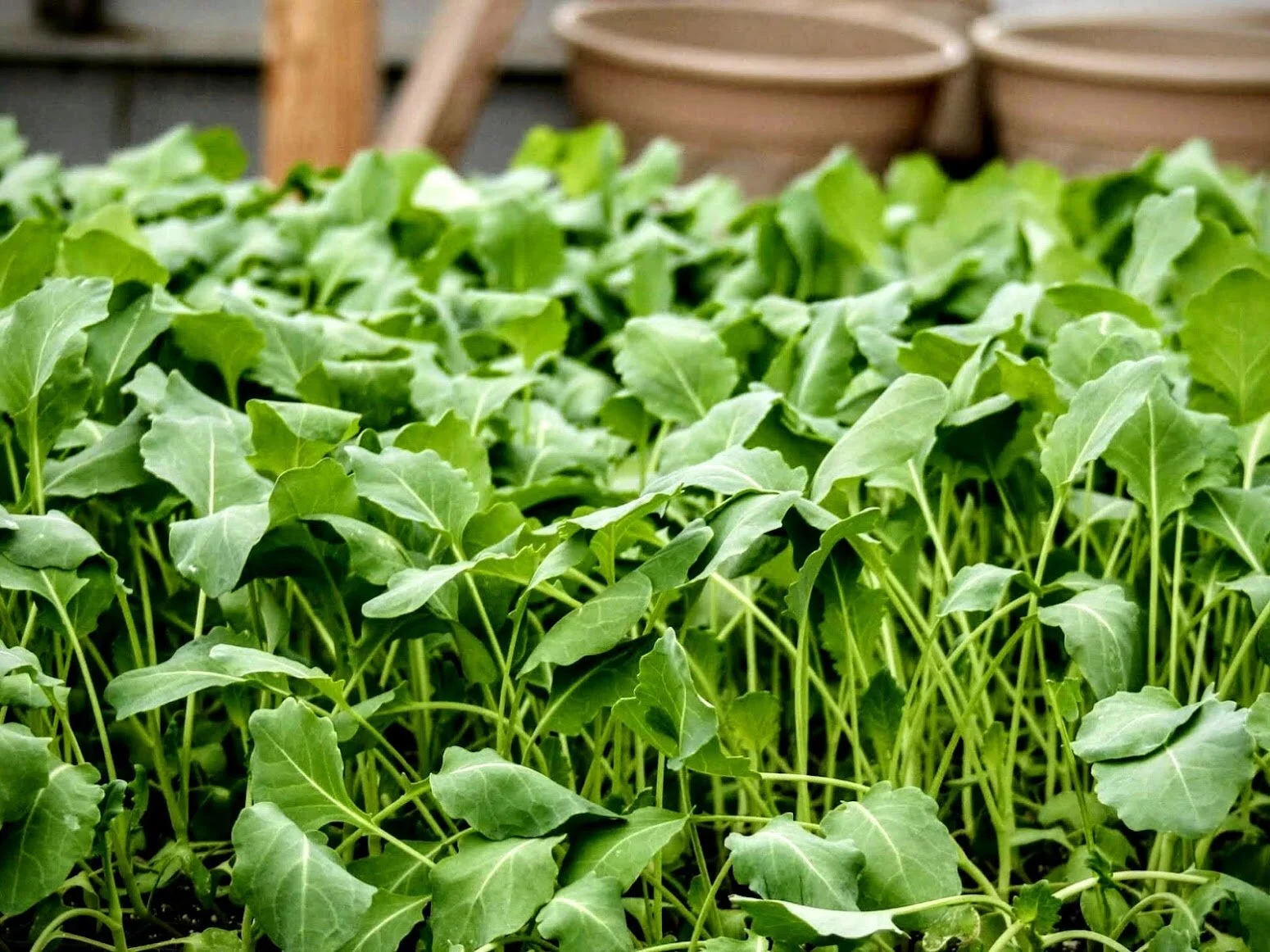Your Garden Maintenance Checklist
July in the garden can feel a little overwhelming- all of your plants are just exploding with growth, it feels like every inch of your counter space is being taken up by squash and tomatoes, and where are these bugs coming from?
Here’s our basic Garden Maintenance Checklist you can use every time you’re in the garden to keep your cool:
July in the garden can feel a little overwhelming- all of your plants are just exploding with growth, it feels like every inch of your counter space is being taken up by squash and tomatoes, and where are these bugs coming from?
Here’s our basic Garden Maintenance Checklist you can use every time you’re in the garden to keep your cool:
1. Water
Try to water in the mornings so that plant foliage has enough time to dry during the day. It’s better to water deeply and less frequently than shallow and more frequently. In July heat, watering every day or every-other-day that it doesn’t rain is a good benchmark. If you stick your finger in the soil up to your 3rd knuckle and it’s dry, it’s time to water!
2. Seed & Plant
If you have some bare spots, maybe seeds didn’t germinate, or you recently pulled some plants, replant in the empty spot by adding a little compost to the (soil an inch or so of compost should do) and planting something fresh in it’s place. Make sure you are giving the plant enough room to grow (check the planting tag or seed packet for correct spacing), and always- always- label what you planted.
Struggling with what to plant, and when to plant it? Check out our $12 super-comprehensive Planting Plan, designed specifically for Central Ohio.
3. Check for Pests & Disease
The sooner you catch pests & disease issues, the better! Check for damage by pests or evidence of them: look for holes in your plants and turn over the leaves to see if anyone is hiding under there.
A big part of organic gardening is accepting that there will be some bugs- it’s all about knowing what insects are beneficial and which are the bad guys for our plants.
As soon as plants start to look extra-wilty (looking at you, cucumbers!), brown, or like they are dying, it’s time to investigate. Once you know what’s ailing your plants (is it cucumber wilt or just dehydrated plants?), you can take specific action.
4. Prune & Harvest
Cut off any crispy, diseased, super yellow, or brown leaves with clean pruners. We use a super-diluted bleach spray solution to sanitize our pruners between trimmings, you should, too!
Harvesting regularly will just encourage more production from your plants, so try to harvest something every time you’re in the garden.
5. Amend
Each time you plant something new, amend that area with organic compost, worm castings, or worm casting tea. Fruiting plants, like squash, tomatoes, and eggplant, like regular applications of these nutrients, too, to help with production. Consider keeping a stash of compost or worm castings to apply to your plants every couple weeks or so.
Ready to dive deeper into the care & keeping of your garden with a pro?
book an Existing Garden Evaluation session!
3 Reasons to Plant a Fall Garden
The worst gardening myth is that growing food stops when summer does. It's just not true.
The worst gardening myth is that growing food stops when summer does.
It's just not true.
Fall is the best season for gardening. The weather cools down, there’s a crisp smell in the air… what’s not to love?
Here’s our top 3 reasons to plant a fall garden:
1. Care & Keeping is Easier than the Summer
July gardening can sometimes feel like a rush- you’re busy checking for pests, keeping everything watered, and trying to figure out what to do with all these tomatoes. Fall slows down, in the best way. The cooler weather brings a slow, easy gardening flow, and cool-weather crops like dark leafy greens and root veggies thrive in the temperate weather.
2. Grow into the Winter
Planting for a fall garden means you can use season extension techniques like row cover or cold frames to grow well into the winter. We love the abundance of summer crops, but there’s something special about harvesting kale and carrots on New Years Eve!
3. Colder = Sweeter
Yep. When temperatures plummet, the sugars in cool-weather crops crystalize and make veggies even sweeter (it’s science!). This makes for tastier beets, herbs, lettuces, and more. You can learn more about what to plant in the fall months in with our Columbus Foodscapes Planting Calendar.
If you’re ready to plan & plant your fall garden, book your New Garden Consultation or Existing Garden Evaluation today to get started.






